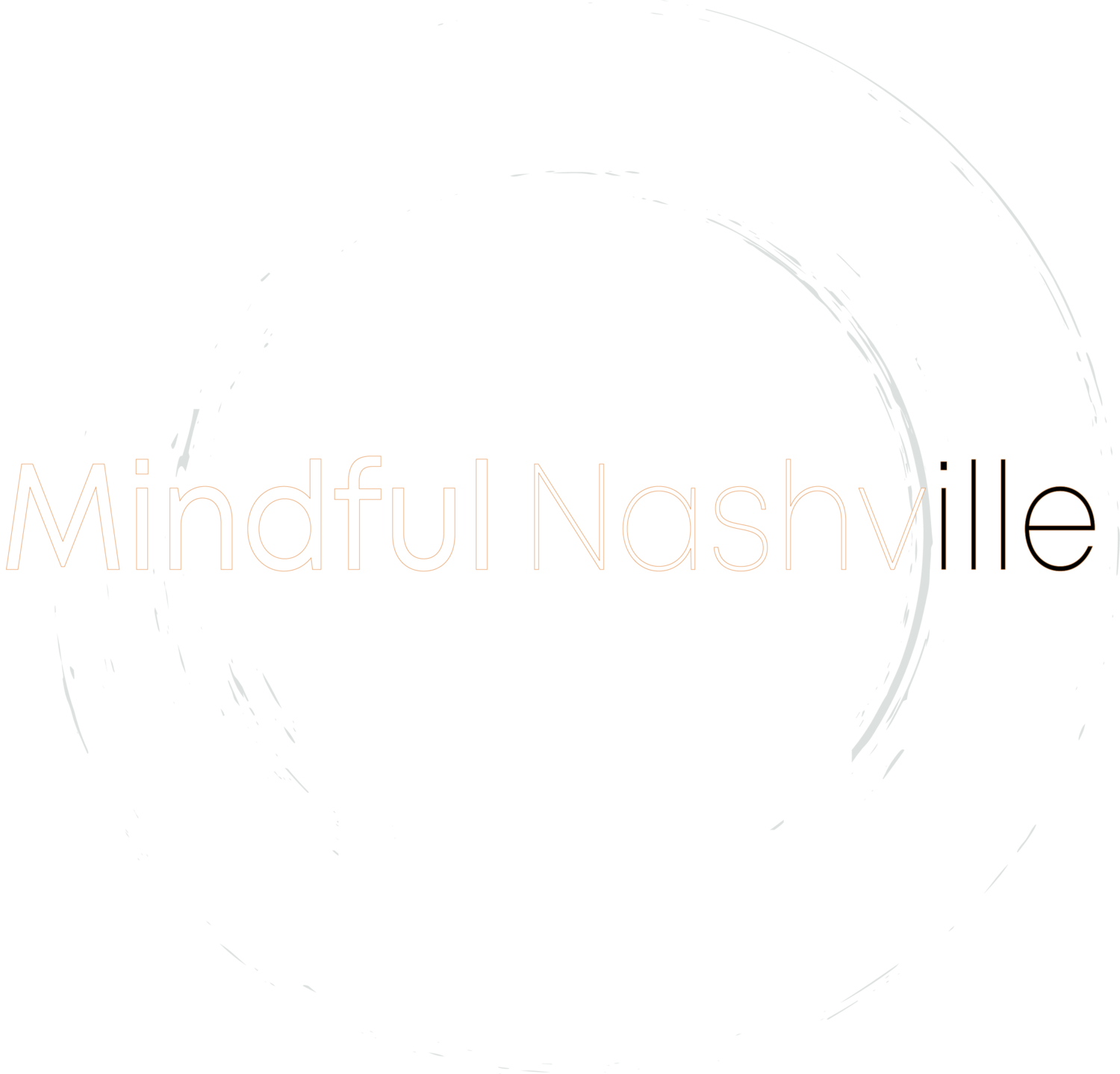What does it really mean to let go?
I recently had a conversation with a friend after she made an offer on her dream house and it fell through:
“Man, I am having a harder time letting go than I thought I would. I know things happen for a reason and material things don’t matter and all that, but even after spending all day yesterday doing yoga, meditation, and walking, I only felt better for about 5 minutes. I guess I just have to grieve and give space for the process and it will pass...”
What my friend shared is something that I think many of us struggle with. What does it really mean to “let go”? “Am I letting go? And if I am, why am I still in pain?!” So let’s examine first what letting go is not. What I’ve experienced in my own life, and in sitting with folks as a therapist and mindfulness teacher, is that often we approach the process of letting go as we approach most other things in our life—by controlling and manipulating. Does that sound familiar? We learn that by doing meditation or yoga we can free ourselves of afflictive emotions! So we go to a yoga class or a meditation with the intention, or hope, that we can let go of the emotion and not have to feel it anymore. So how is this working? What is the result? We can ask! “Am I letting go, or am I pushing it away or trying to avoid it or escape it?”
So after sharing this sentiment with my friend, she responded “Yeah, it does feel like I’m forcing it and so there’s this whole other layer about ‘I’m supposed to be a yogi’ and if I practice all this detachment consciousness from material things, why am I having such a hard time?”
So, often when we think we are letting go, we are actually clenching our fist and grasping even more—forcing the emotion away. So, first, letting go is unclenching our fist, loosening our grip on that emotion, thought, expectation.
One way we can practice unclenching and not identifying with the emotion—and thus, “letting go”—is by reframing our cognitive experience with that emotion. So rather than saying “I am sad” we can experiment with “In this moment I am noticing that sadness is present. Disappointment is present. Loss is present. Grief is present.” So as we loosen our grip, we are also practicing allowing the emotion to be as it is. We are removing the “whole other layer” that my friend refers to—that it is not supposed to be like this, or I am not supposed to be like this, that I am doing it wrong—and in its place, simply noticing “It is like this, and what is this like?” So, here we can incorporate what I like to call the “secret ingredient”-a sense of curiosity. Unclenching can be very difficult, and we may not have a lot of practice doing it. So curiosity can help facilitate the unclenching. Curiosity is like the fuel that allows us to fully experience the emotion, thought, sensation. It is what can allow a kind of radical acceptance of this present moment, looking at the emotion, the present moment with curious eyes, with a curious awareness. Allowing ourselves to experience the emotion. And then, perhaps, it may pass, or transform in some way.
And what can be very beautiful about unclenching and “letting go”is that as we learn to allow ourselves to feel and give space to what we often consider to be these “negative” emotions of sadness, loneliness, grief, we are also giving space for other “positive” emotions—happiness, freedom, community, connectedness—to also be present. As we “get out of our own way” and let go of our grasp on the present moment, we can allow other experiences to arise, other emotions. So we can practice holding sadness and also joy, oppression and also liberation, pain and also the absence of pain. As soon as we attach to pain, we lose sight of the absence of pain. So another function of curiosity is helping us to step back, to broaden our perspective from what is often a very narrow perspective when we are identifying with the pain. Yes, there is sadness, but there are also these other emotions.
Letting go is only the first step. Letting go does not mean that the emotion goes, but that we are letting go of control of the emotion. Then, our task is simply to be present with and curious about this moment as it is. And when all that gets too overwhelming— we can mindfully distract!
Let’s get personal:
So what are the things we are needing to let go of? What are we attached to? Expectations, assumptions, goals? Our story about ourselves, our narrative? And perhaps keeping in mind that letting go of our story, or our goals, doesn’t mean forgetting it, but rather holding it loosely.
